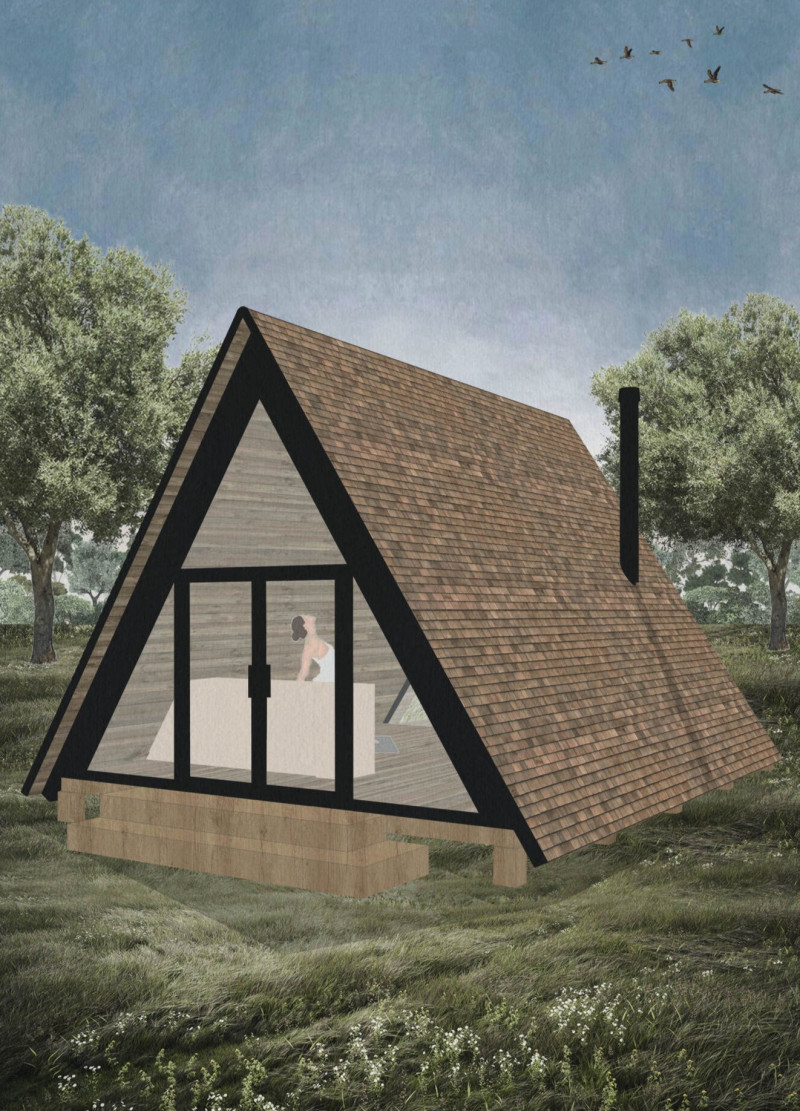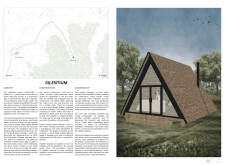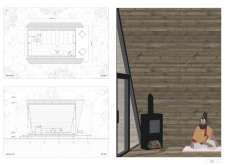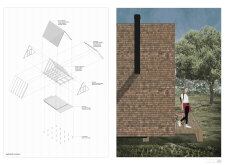5 key facts about this project
The architectural design incorporates a series of cantilevered volumes that not only enhance the aesthetic appeal but also achieve functional purposes. These protruding elements create dynamic spaces, serving as balconies for residential units and shading devices for lower level commercial areas. The façade is characterized by a combination of glass, metal, and natural stone, reflecting a commitment to modern materiality while ensuring durability and low maintenance.
Sustainability is woven into the project's framework through the use of energy-efficient systems, green roofs, and rainwater harvesting mechanisms. The orientation of the structure strategically leverages prevailing winds and sunlight, optimizing energy consumption throughout the building's lifecycle. Extensive landscaping, including native plant species, integrates the development into the surrounding environment and enhances biodiversity.
Unique Design Approaches
What sets this project apart is its community-centric approach. Instead of segregating residential and commercial spaces, the design fosters a mixed environment that encourages social interaction. The ground level features open public spaces designed to host community events, market stalls, and recreational areas, emphasizing accessibility. Internal circulation paths and visual connections between various functional areas enhance movement and interaction among diverse user groups.
The architectural strategies employed reflect an understanding of local context and culture. Large glass panels offer transparency, blurring the boundaries between inside and outside while providing views of the urban landscape. This not only lightens the interior spaces but also creates an inviting atmosphere for both residents and visitors. Smart design principles are evident in the integration of flexible spaces adaptable to changing needs, promoting longevity and continuous use.
Attention to Detail in Materiality
Material choices in this project reflect a blend of contemporary aesthetics and functional considerations. The use of high-performance glass minimizes heat gain while maximizing daylight, contributing to the overall energy efficiency of the building. Metal elements, including aluminum cladding, offer a modern finish that complements the natural stone accents used in the base structure, grounding the building and portraying a sense of permanence.
Sustainable practices are further supported by the selection of locally sourced materials, which reduces the environmental impact of transportation while promoting local economies. The design also considers thermal mass principles, employing materials that regulate temperature fluctuations, thereby enhancing occupant comfort. The collective synergy of these materials and design strategies underscores the project's commitment to sustainability and innovative architecture.
For an in-depth understanding of this architectural project, exploring the architectural plans, architectural sections, and architectural designs will provide additional insights into its design philosophy and execution. Investigating the architectural ideas underpinning this project will elucidate the thoughtful consideration given to both form and function, embodying a modern response to urban living.


























